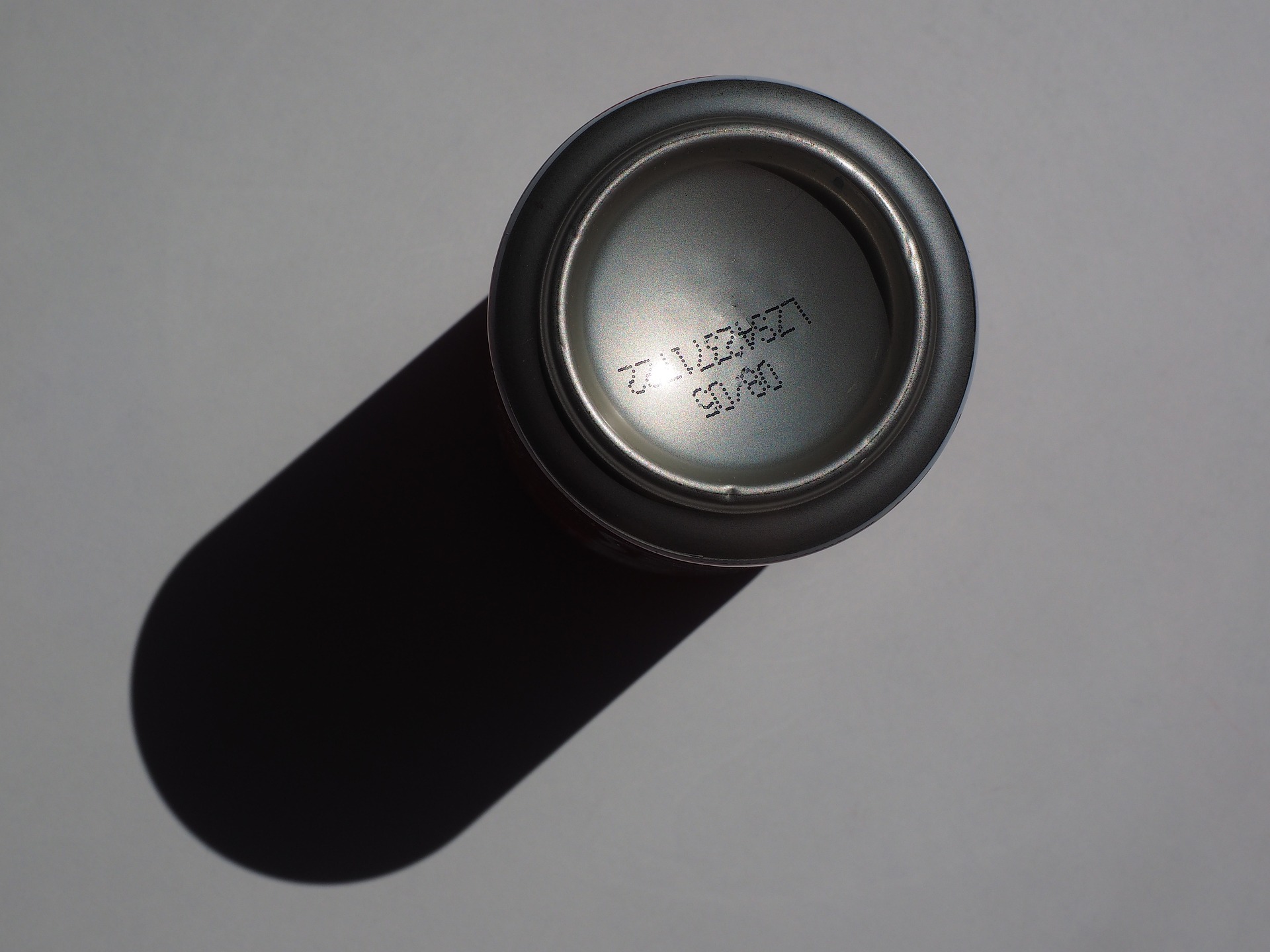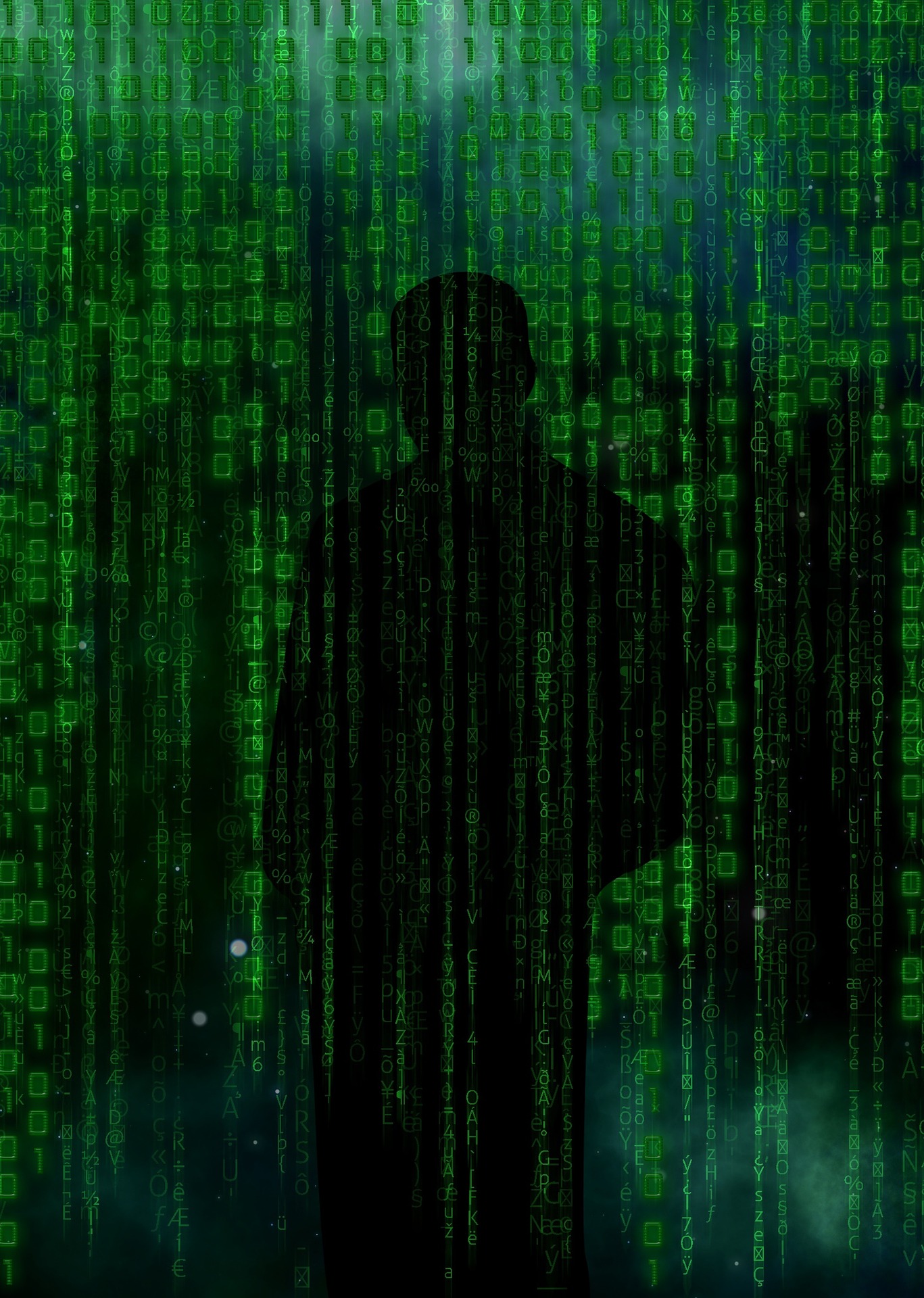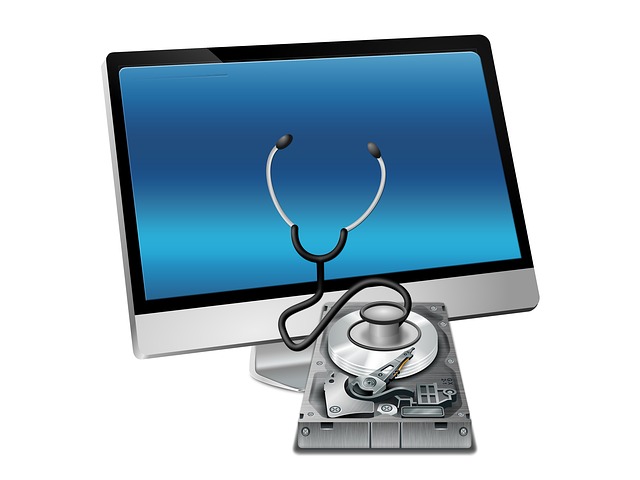End of Life
What Technology Expiration Means For You and Your Company
If you hear the words “expiration date” you probably think of items from a grocery store or pharmacy. Expiration dates are usually thought of as the day after which an item is no longer safe to consume, so most people only think they relate to food and drink items. But did you know that technology, both hardware and software, are also at risk of expiration?
The world of technology is constantly in motion, evolving and advancing. As new technologies become popular, the old technologies become obsolete. This can happen so fast that people struggle to keep up. Most people don’t think twice about using outdated technology and don’t realize the amount of risk continuing to use it may bring them.

What are the dangers of using outdated technology?
Outdated technology comes with its own set of risks. When you have reached End of Life (EoL) or End of Service (EoS) it means the manufacturer is no longer providing critical patches and updates. This means that you are vulnerable to a host of problems. We’re going to look at security, privacy, and productivity

Security
No more patches mean no more updates to security features. This leaves you open to different forms of exploits from cybercriminals. Cybercriminals become more evolved and advanced as quickly as technology does and the longer you are using the software past its end date the easier it is for them to have reverse-engineered the software and compromise your system. On top of this, there may be compatibility issues between the outdated software and hardware, which are also possible avenues of data-loss or corruption.
Privacy Implications
The privacy implications of using outdated software can be severe for you and your organization. Particularly if your software contains sensitive information such as customer Social Security numbers, email addresses, or passwords. As privacy rules, policies, and laws are changing, software needs to keep up to prove that the information stored in them is safe and secure. If you aren’t keeping up with privacy laws, you open yourself to all kinds of potential legal troubles and reputation hits.
Productivity Implications
Updates and patches keep technology fresh, vibrant, and alive. They ensure that the technology keeps up with the growing demand for speed, reliability, and new features. Once those updates and patches stop, the technology will begin to lag, crash, or fail. No one wants to spend their day rebooting computers because an old operating system is causing it to crash, and your customers don’t want to wait around for system restarts. It saves time and reputation if you keep your technology up to date and avoid these issues.

What can I do to protect my company?
Doing due diligence when it comes to your company’s technology will save you headaches down the road. Here are some practical steps you can take to help keep yourself safe from issues due to End-of-Life or End-of-Service software.
Monitor for EoL/EoS
Make sure that you are keeping tabs on the software and hardware your organization uses so that if one of them reaches EoL/EoS you will have time to prepare.
Prioritize Security
Immediately after identifying EoL software/hardware you should prioritize security and keeping your data safe. You can do this by working with a reputable vendor who is able to provide you the essential security protocols you need.
You should also create a plan to keep security risks at a minimum. This could include measures such as two-factor authentication and increasing monitoring of high-risk areas. Ultimately, your data is important to your company, and your plan should reflect the urgency of keeping it safe.

Watch Productivity Levels
You want to know how the software is behaving as manufacturers prepare to cut off service for a product. It is important to keep track of the performance so that you can identify any issues that arise. Make sure to tell any employees using the software of its status so that they can be more receptive to issues that arise. It is also good to have a contingency plan about what you will do if the software/hardware fails completely so that you can avoid major disruptions to your organization.
Test Compatibility Before Migration
If you have managed software/hardware carefully, the EoL date won’t be a surprise and you could have months or years before it happens. Use this time to your advantage by planning for migration to a different software/hardware. Testing compatibility is one of the first steps in migrating to a new system, and you want to give yourself time to change plans if your initial choice turns out to be incompatible with your existing systems.
Pass the Baton
Depending on the size of your organization it can become a large undertaking to manage all your software and hardware. Your technological needs are never going to become smaller- as technology advances so do needs. If you feel overwhelmed at the prospect of managing these technologies, you always have the option of hiring an external IT service provider to take some of the work off your shoulders.
Whether you are looking for advice about what steps to take or are looking for a company to completely manage your organization’s technological needs, we can help. We can sit down with you, look at your current systems, and make recommendations that will help increase productivity and efficiency. Give us a call and we can get started on solving your IT related needs.
Learn more with our infographic!
End of Service software can have dangers for your company. Our infographic has additional information and tips about how to manage your software, as well as some information about the End of Support date for Microsoft 2013.
Download it from our resources page.
